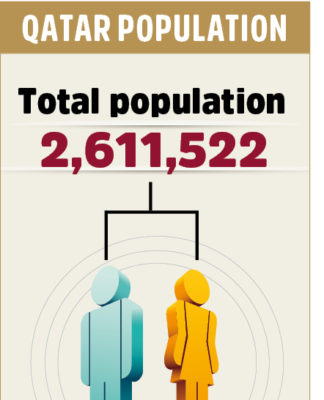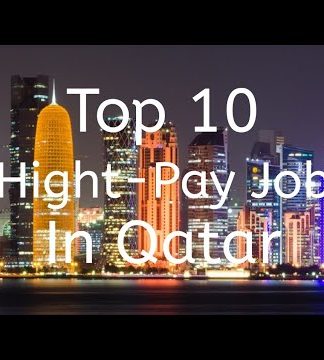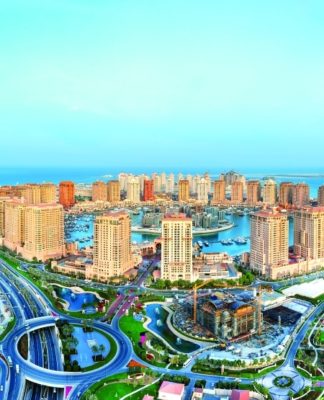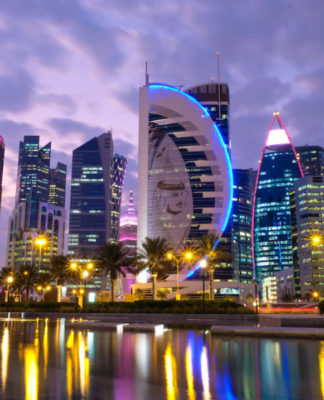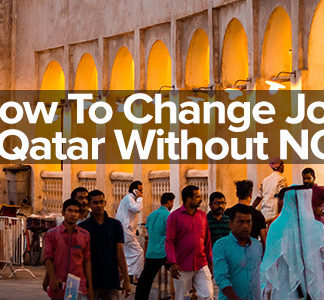India’s retail inflation, which is based on the country’s consumer price index, rose for the eighth month in a row in September to 3.99%, the highest since July 2018.
However, it continues to remain in the comfort zone agreed on by the national government and the Reserve Bank of India in 2016, which is 4%, with a 2% swing in both directions.
According to data supplied by the Ministry of Statistics and Programme Implementation, the retail inflation level was spurred mainly by food inflation, which almost doubled to 5.1%, up from 2.99% in August. This was the highest level since August 2016.
Food prices up
Prices for meat, fish and vegetables have risen and created problems for consumers. Prices for vegetables shot up more than 15% during the month, while prices for meat and fish went up 10.3%. Prices for onions also soared and the government had to ban exports to stabilize their cost.
Prices for meat and fish have been high, despite the fact many people, especially Hindus, refrain from eating fish and meat during the Navratri festival, which fell this year in September.
Retail inflation in urban areas rose from 4.49% to 4.78%, while rural areas saw a rise from 2.25% to 3.24% in August. Analysts expect retail inflation to remain high because the monsoon season has yet to end and that is expected to affect agricultural output.
A higher rate of retail inflation could either mean consumers’ demand is picking up or supplies are low. But in September the wholesale price index, or producers’ rate of inflation, declined. That means producers are not getting enough support to increase production. The Wholesale Price Index stood at 0.33% in the month of September, as against 1.08% in August.
Inflation for manufactured items stood at -0.42% in September as against 0% a month ago. And fuel prices continued to contract compared to their levels a year ago, putting further downward pressure on wholesale price inflation.
Based on the movement in the retail inflation rate and other factors, the Monetary Policy Committee, under the chairmanship of the RBI Governor makes a call on policy rates. So, far, the committee has lowered the policy rate by 135 basis points (100 basis points mean one percentage point) to stimulate the economy. The current rate of 5.15% is the lowest in nine years.
With the overall headline inflation low, market analysts are hoping that the central bank will cut interest rates again in December.
It may be recalled that RBI governor Shaktikanta Das has said that the central bank will “continue with an accommodative stance as long as it is necessary to revive growth, while ensuring that inflation remains within the target”.
The RBI has retained its consumer price inflation forecast for the second half of the 2019-20 fiscal year at 3.5%-3.7%.
Source:asiatimes.com






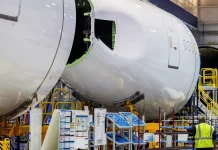
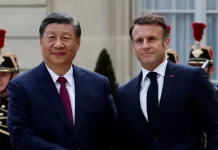





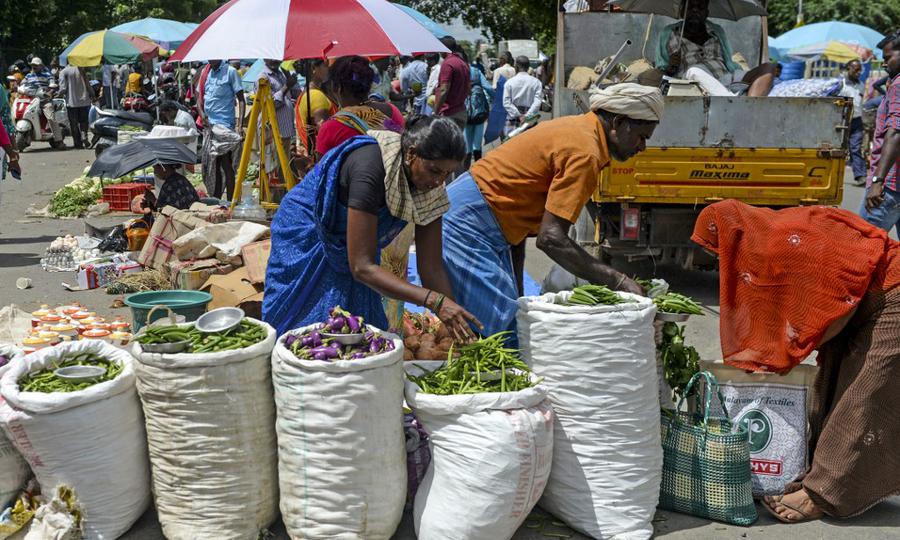


![List Of Profession Eligible For Family Visa In #Qatar2022 [Salary Occupations]](https://welcomeqatar.com/wp-content/uploads/2022/07/maxresdefault-1-324x400.jpg)
